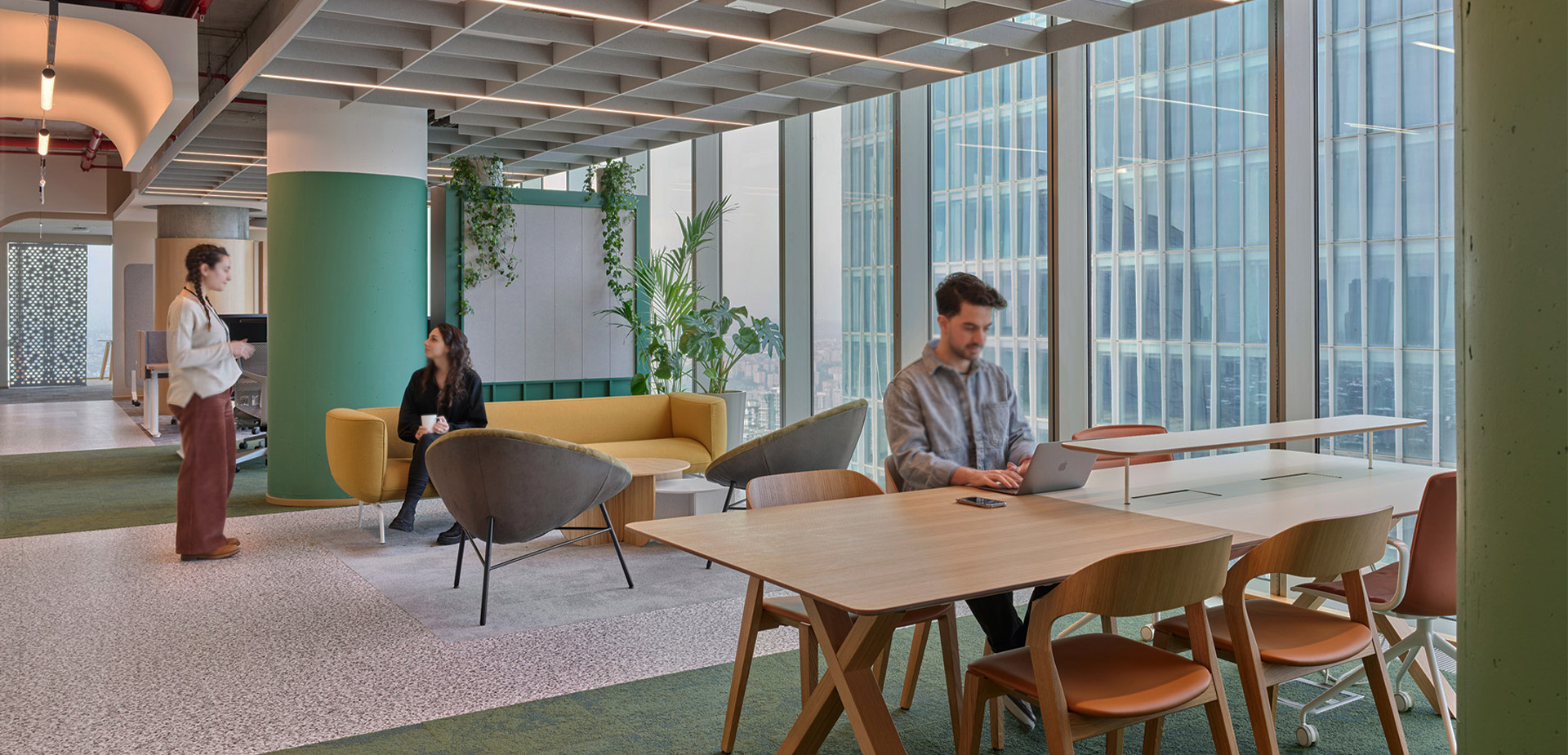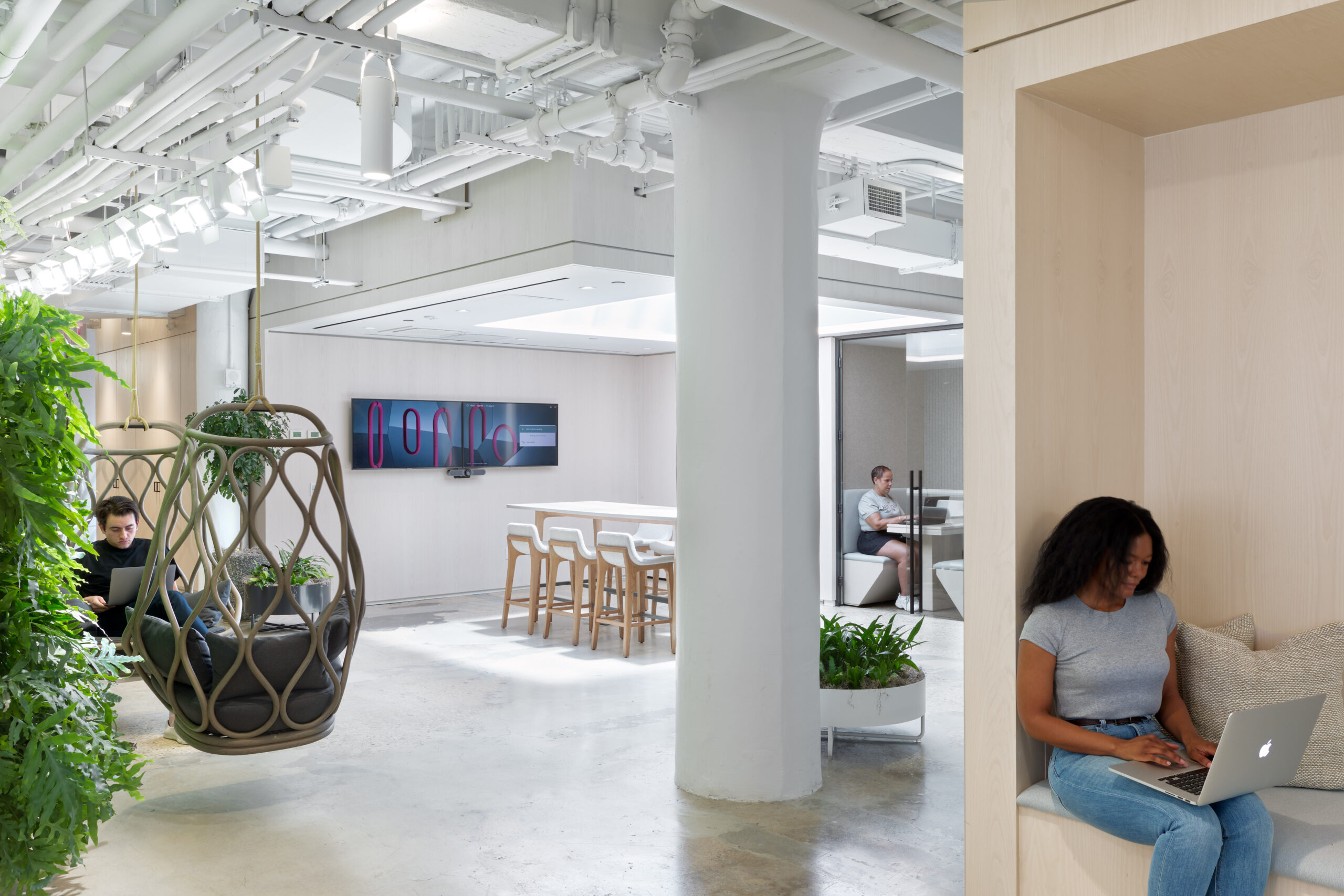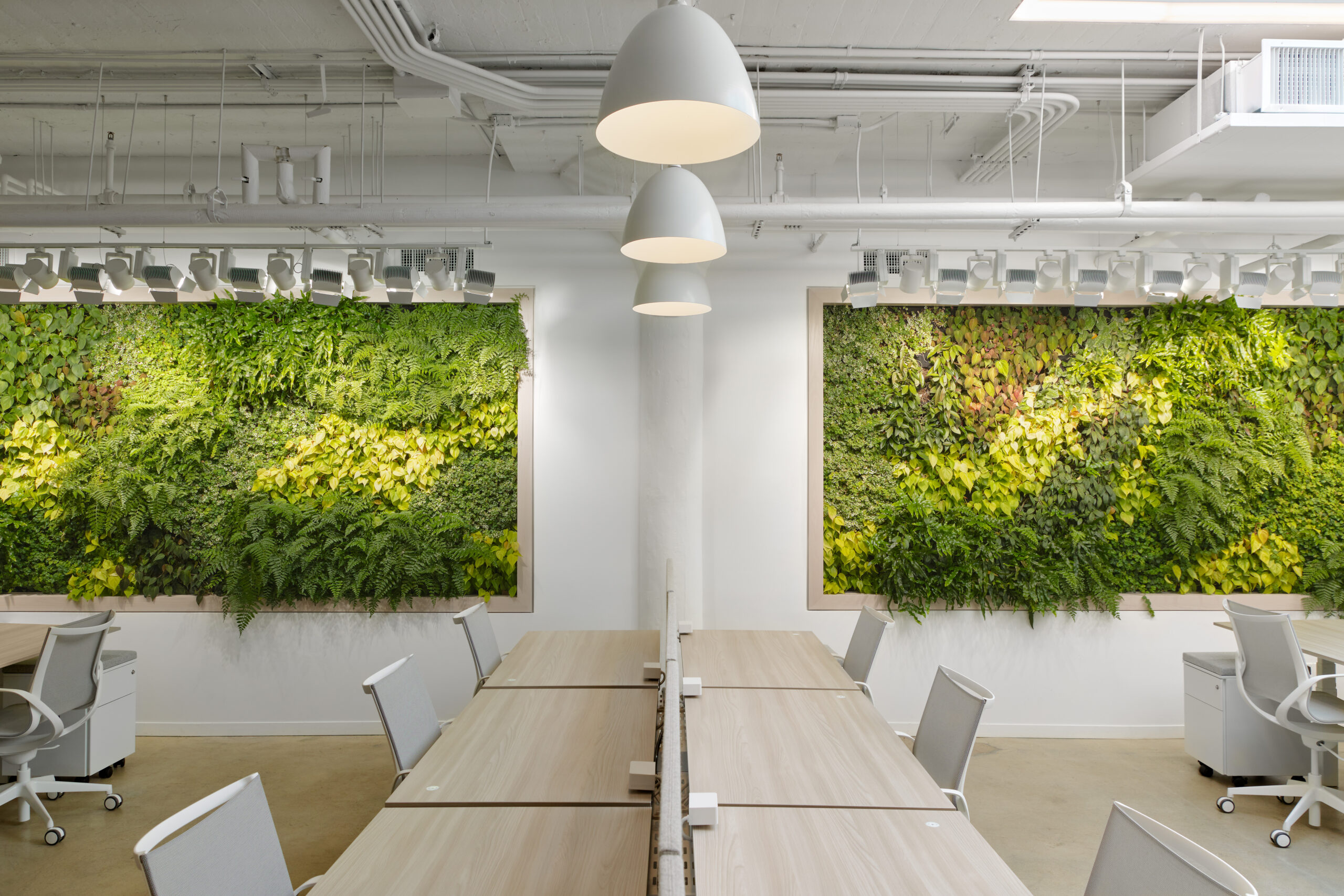-
Optimizing communal spaces within workplaces has become an essential strategy in today’s ever-evolving work culture landscape. As office spaces evolve into multipurpose workspaces, it’s vital to incorporate communal areas inspired by urban design. Crafting an unparalleled employee journey involves tailoring workplace environments to cultivate an enriching experience, which is increasingly facilitated by flexible office furniture. Central to this experience is providing flexible, quality auxiliary furniture and acoustic products. These elements not only enhance the functionality of communal spaces but also contribute to the comfort and productivity of employees, facilitating seamless collaboration and concentration amidst dynamic work settings.
-
-
For media organizations navigating the digital age, fostering agility and adaptability within the workplace is imperative. The workspace must seamlessly accommodate fluid technology workflows to attract and retain tech-savvy professionals. Beyond functionality, however, lies the essence of corporate identity. Authenticity in communicating organizational values through spatial design becomes a distinguishing factor in shaping the employee experience. Aligning the physical environment with core values reinforces organizational culture and attracts top talent seeking alignment with their ethos.
-
Amidst escalating environmental concerns, the imperative to translate corporate net zero carbon commitments into actionable initiatives has never been more urgent. With mounting pressure to mitigate the adverse effects of climate change, businesses are compelled to reevaluate their environmental footprint. Net zero commitments have transitioned from aspirational goals to indispensable benchmarks in corporate sustainability agendas. As advisory firms underscore the significance of such obligations, workplace furniture design emerges as a linchpin in realizing environmental objectives.
-
-
-
Comprehensive roadmaps guide the implementation of increasingly prominent sustainable workplace furniture designs. These roadmaps serve as blueprints for integrating environmentally responsible practices into the fabric of corporate operations. From energy-efficient infrastructure to waste reduction strategies, sustainable criteria are delineated to drive tangible outcomes. Clear governance structures complement these roadmaps, providing the framework for accountability and transparency in sustainable initiatives.
-
The case of a commercial real estate developer’s headquarters illustrates the transformative power of purposeful design. Through purpose-driven renovations, the developer breathes new life into aging structures, revitalizing them as vibrant hubs of activity. The infusion of a modern, hospitality-inspired aesthetic rejuvenates the workspace and is a testament to the developer’s commitment to innovation and excellence. By seamlessly integrating the company’s brand identity into the physical space, the renovated headquarters becomes a beacon of inspiration for future tenants, showcasing the transformative potential of purpose-driven design.
-
-
Communal spaces serve an aesthetic purpose and promote collaboration and connection. Main streets, reminiscent of bustling urban thoroughfares, act as dynamic hubs where ideas intersect and innovation thrives. With their tranquil ambiance, Courtyards offer a respite from daily routines, fostering moments of reflection and rejuvenation. By creating diverse communal spaces that cater to varying needs and preferences and adapting them to coworking spaces, workplaces can become vibrant ecosystems where individuals thrive, and collective success is nurtured. As work and life become increasingly intertwined, the importance of common area spaces in the workplace cannot be overstated. These spaces foster creativity, collaboration, and community, enhancing the employee experience and driving organizational success. By adopting purpose-driven design, prioritizing sustainability, and integrating flexible, high-quality auxiliary furniture and acoustic products, workplaces can transform into environments that inspire, engage, and empower individuals to achieve their full potential.




